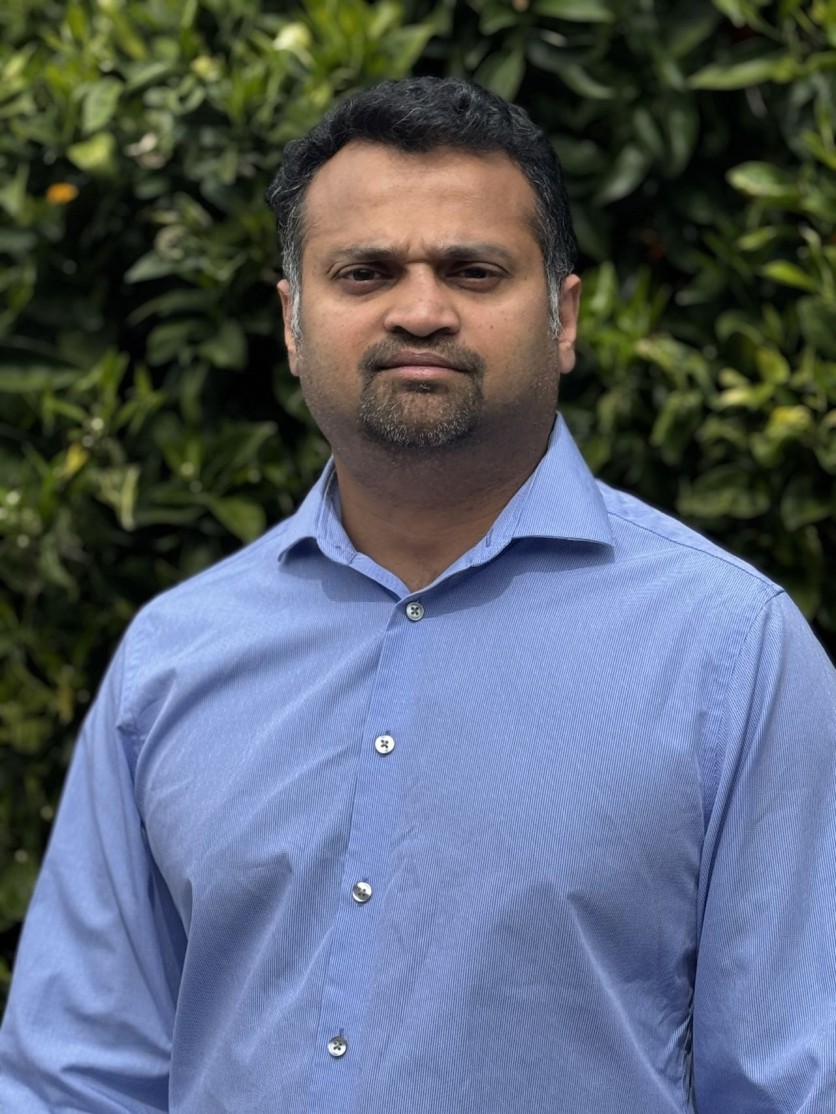
Nirup Reddy wants to see AI embedded across industries and, for his entire professional career, has been striving to see that dream come to fruition. Currently, Nirup is an engineering leader for Uber's financial data services team in San Francisco, where he has spearheaded the development of a generative AI chatbot that translates natural language queries into structured query language or multidimensional expressions in order to deliver curated financial insights. It's a novel approach that blends large language model capabilities with enterprise-grade data infrastructure. At Uber, Nirup has also built machine learning forecasting models using Prophet and BiTCN, enhancing accuracy across its financial planning activities.
For Nirup, these achievements align with his focus on applying generative AI, machine learning, and scalable data systems to solve real-world problems. "What sets me apart is the ability to bridge deep technical work with strategic business outcomes," Nirup says. "I can lead teams to deliver AI solutions that are both innovative and impactful."
What defines Nirup's approach to engineering? A commitment to building AI-driven systems that are practical, scalable, and business-aligned. "Whether leading teams or creating new models, I focus on delivering solutions that turn complex data into actionable outcomes," Nirup says.
A Critical Foundation
Nirup was born and raised in India and studied electronics and communication engineering at Anna University in Chennai, from which he received his Bachelor of Science degree. From there, he went to New Jersey in the US, obtaining a Master of Science in computer science from the New Jersey Institute of Technology. Both experiences gave him the knowledge to succeed.
"My undergraduate studies instilled a systems-oriented mindset," recalls Nirup. "I learned how to understand and optimize data flows, signals, and infrastructure," he says. This background has been especially valuable in his work with Internet of Things systems, big data pipelines, and AI deployment in real-time environments.
His graduate education "provided the critical foundation" in algorithms, data structures, and software engineering, enabling Nirup to dive deeply into machine learning, natural language processing, and distributed computing. "It sharpened my analytical thinking and prepared me to solve complex, real-world data challenges," he says.
Heading West
After finishing up his education on the East Coast, Nirup naturally headed west to seek fame and fortune, or at least challenging, inspiring work. He was a senior Hadoop architect at Walmart in Arkansas for a year before becoming a senior Hadoop developer at AT&T in Palo Alto, California, for two years. From there, he became a technical engineering lead at nearby Cisco, a position he held for more than a year before joining Uber as a software engineer. He was enticed back to Cisco for a spell and even spent a few months at Dolby Laboratories as a senior staff engineer before taking on his current role at Uber four years ago.
Nirup credits his time at Walmart, where he handled more than 20 petabytes of data using Hadoop, Hive, and Spark, as providing him with "foundational experience" in big data engineering, pipeline optimization, and AI system design. At Cisco, he worked on AI systems for anomaly detection and proactive alerting in IoT networks, and at Dolby, he led machine learning projects focused on optimizing audio/video quality.
"My career in AI and data systems has always been driven by a deep curiosity about how structured intelligence can emerge from unstructured complexity," Nirup says of his work. "I've been fascinated by how we can take vast, disjointed datasets and turn them into real-time, predictive, and actionable systems."
Tackling Complex Challenges
At Uber, Nirup is charged with generative AI product development. He has led the creation of the aforementioned chatbot, and he has also developed and deployed ensemble machine learning models for time-series forecasting, in his opinion, significantly enhancing gross bookings predictions across multiple time frames. Nirup is also involved in big data engineering and cross-functional collaboration, where he works closely with Uber's data science, Oracle, and DRM teams to drive system optimization, consolidate metadata, and lead strategic data migrations. He has also become an agile team leader, working with a team of data and software engineers, and ensuring the timely delivery of scalable, business-aligned AI solutions.
His long-term goal is to become a chief technology officer, he says. "I want to be in a position where I can shape the strategic direction of AI-driven products and lead innovation at scale," says Nirup. "I'm passionate about building systems that blend generative AI, LLMs, and real-time data infrastructure to solve meaningful, enterprise-level problems."
To achieve his goals, Nirup says he will continue to innovate at Uber, deepen his technical mastery of LLMs, multimodal AI, and edge intelligence, continue to build high-performance engineering teams, and play an active role in discussions within AI communities about how to adopt best and scale AI responsibly.
"At the core of my work is a belief that technology should be both intelligent and intuitive, built not just for scale, but for people," says Nirup. "I'm driven by a commitment to clarity, impact, and ethical innovation, especially as AI systems become more deeply integrated into everyday business and decision-making."
ⓒ 2025 TECHTIMES.com All rights reserved. Do not reproduce without permission.





